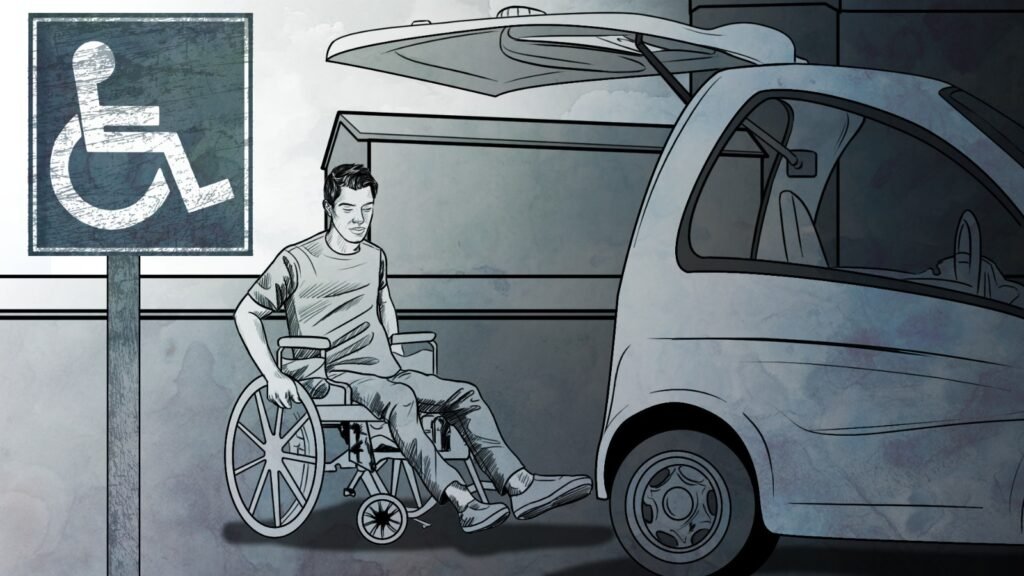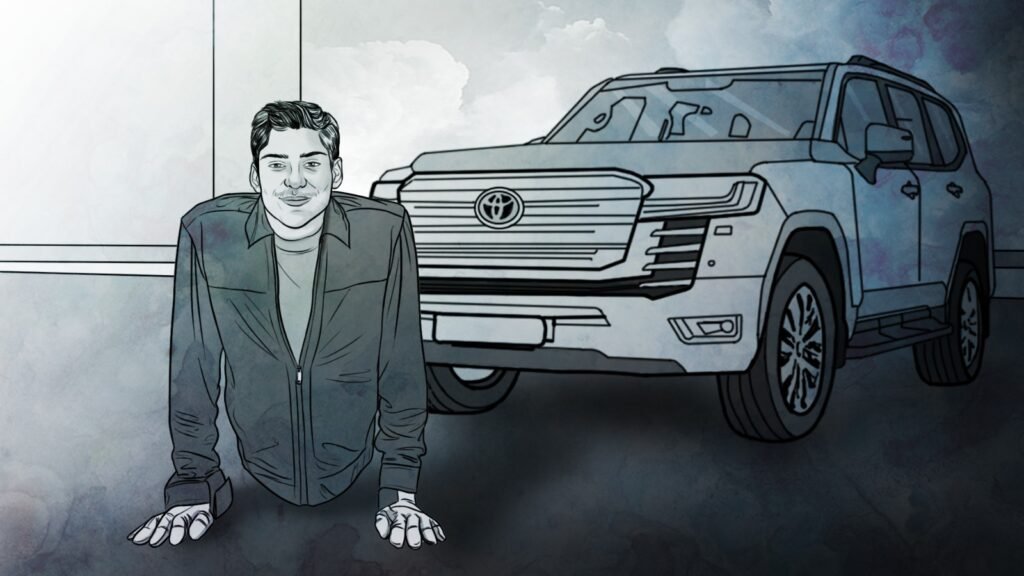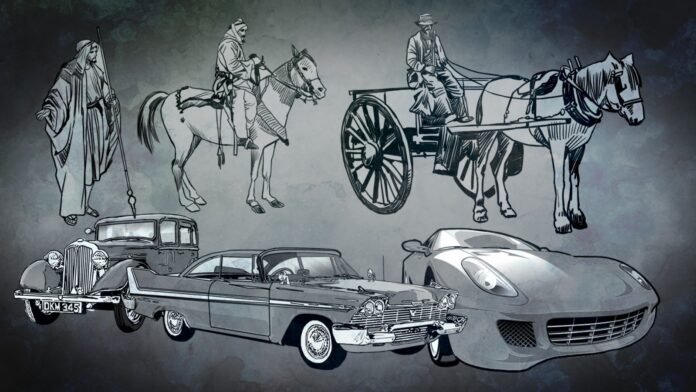It is not a luxury to stipulate the first paragraph of Article 13 of the Universal Declaration of Human Rights: “Everyone has the right to freedom of movement and to choose their residence within the borders of a state.“ Over fourteen centuries before this declaration, the Almighty God stated in His noble book, “It is He Who has made the earth manageable for you, so traverse ye through its tracts and enjoy of the Sustenance which He furnishes: but unto Him is the Resurrection.“ Therefore, the right to freedom of movement is a fundamental human right.
No doubt, living with a mobility impairment constitutes a form of forced imprisonment imposed by health conditions on individuals with disabilities. Yet, many have overcome these invisible barriers through their self-determination and a positive mindset, but by climbing the ladder of success to reach the highest peaks of positions and qualifications. However, despite these successes, mobility impairment remains a challenge they cannot always overcome as they wish.
The driving license for people with disabilities is a glimmer of hope that lives in their hearts towards the dream of freedom of movement, restores their self-confidence, and expands their ability to interact with others.
The term “license,” in the context of authorization (ijazah), refers to a written endorsement by a scholar in the education system. This endorsement acknowledges that the bearer has studied under them and is deemed competent to practice the speciality, as explained in The Role of Madrasahs by Spahic Omer. The concept of licensing has been known since the early days of Islam, with educational institutions awarding an academic degree then called an ijazah. However, it is observed that this term is not confined to the educational institutions’ premises alone but extends to any activity that requires certification and accreditation, such as driving eligibility.
The question arises regarding granting a driving license to those with limited mobility. If an individual applying for a job or role is physically unable to fulfil the duties of that job, they are most likely to be rejected. So, what about those who might pose a risk to their own lives and the lives of others on public roads?
Many facilities and considerations for people with disabilities have recently become essential. Buildings are now equipped with accessible entrances, and numerous sports activities and specialized tournaments are being organized specifically for disabled individuals. Additionally, many expert organizations worldwide aim to advocate for fair and equitable treatment, therefore looking beyond their disabilities and treating them as equals.
The international agreement on the rights of persons with disabilities explains that “anyone suffering from long-term physical, mental, intellectual, or sensory impairments, which may prevent them from fully and effectively participating in society on an equal basis with others” and encourages their equality “in the political, economic, social, cultural, and civil fields, and in any other field, including all forms of discrimination.”

In an interview with Hussein Al-Haddad, a member of the Qatar Paralympic Committee, he defined the concept of disability as including categories of individuals with physical or mental impairments, adding that “the true disability lies in the society’s failure to empower people with disabilities, while disability as a trial is a fate that we should accept and deal with.”
Indeed, the State of Qatar and its institutions have been able to apply this concept. On the one hand, they have allocated schools, centres, and associations to provide opportunities for them in all sports, cultural, and economic activities, such as Al Hedayah schools, the Qatar Union for People with Disabilities, the Qatari Association for People with Disabilities concerned with social aspects, the Deaf Center, and the Cultural Center for the Blind.
On the other hand, Al-Haddad pointed out that decision-makers in the State of Qatar have been able to integrate people with disabilities into society and provide the means and mechanisms to support them. He highlighted the rail project as an example of which the state is proud. He said, “It is one public transport means equipped for people with disabilities according to international standards.”
Despite the excellence achieved by the rail project, urban planning still compels its residents to depend on cars. Even though there is a global consensus on human equality, the challenge of driving for individuals with disabilities cannot be overlooked. Consequently, countries have set specific standards and laws for issuing driving licenses to them.
Qatar requires individuals with disabilities to provide a medical certificate indicating their health condition, issued by a recognized medical authority approved by the Traffic Department as stipulated in Article 34 of the Executive Regulations of the Traffic Law issued by Decree-Law No. (19) for the year 2007. It indicates that the license applicant must provide particular specifications for his vehicle so that it is specially prepared in terms of technical design to suit his health conditions.
Al-Haddad explained that there are different types of disabilities, with some individuals capable of driving and others who cannot. The major groups unable to obtain a driver’s license include those “suffering from epileptic seizures, people with visual impairments, such as the blind and those with colour blindness, unless advancements in autonomous driving technology are made.” Al-Haddad further clarified that “for most deaf individuals, there are no obstacles to obtaining a driving license,” referencing technologies that transform sound into coloured light signals.
As previously shown, the Qatari traffic law aims to treat individuals with disabilities without discrimination. It permits them to modify their vehicles to accommodate their health conditions with special specifications that adhere to the safety standards set by the Traffic Department and match their health situations. Hamad Al-Hassawi was the first to overcome the administrative challenges and establish a workshop project for modifying cars for people with disabilities, being one of them himself. His initiative was successful within Qatar and gained international recognition and appreciation.
Whether in the East or the West of the Arab world, we find the applications and laws to be similar. Article 13 of Moroccan Law No. 52.05, relating to the traffic code, states: “If a candidate for the driving license examination has a physical disability that does not interfere with the ability to drive motor vehicles, this disability can be accommodated with special modifications to the vehicle… in accordance with the instructions of the doctor who conducted the medical exam… The medical certificates must specify the restrictions and changes or the special devices required, which must be noted on the driving license.”

Ghanim Al Muftah is a young Qatari adult who exemplifies entrepreneurship, is a philanthropist, and is ambitious. He triumphed over his physical limitations and carved a niche for himself. Al-Haddad described him as “a beacon of awareness and inspiration for the Qatari community.” His active presence on social media and participation in various local and global events made him an inspiring embodiment of overcoming physical disabilities with resilience and ingenuity.
Al Muftah was born with a defect that resulted in the absence of his legs. However, through unwavering determination, he customized his car to suit his health condition. In a video published on his YouTube channel, he presents a specially equipped car, allowing him to fit gas and brake pedals through control arms installed on the steering wheel within his reach. A high, sponge-stuffed support was placed on the driver’s seat, allowing him to sit on it to see the road safely.
In an interview with Ghanim Al Muiftah, he praised Qatar’s traffic laws, stating, “The laws significantly accommodate people with disabilities.” He also highlighted that obtaining a license for individuals with disabilities is a straightforward process, thanks to the Qatari Ministry of Interior. Furthermore, Al Muiftah shared that his interest in driving from a young age assisted him in acquiring both a Qatari driving license and an international license.
The traffic legislation for individuals with disabilities aims to strike a balance between facilitating their engagement in public life and ensuring their safety as well as the safety of others. Although these regulations may impose additional restrictions on obtaining a driver’s license, they reflect a genuine acknowledgement of their rights and their significant role as active contributors who have rightfully earned the title of ‘people of determination’. They play a key role in building a society that ensures equal opportunities towards sustainable development.




